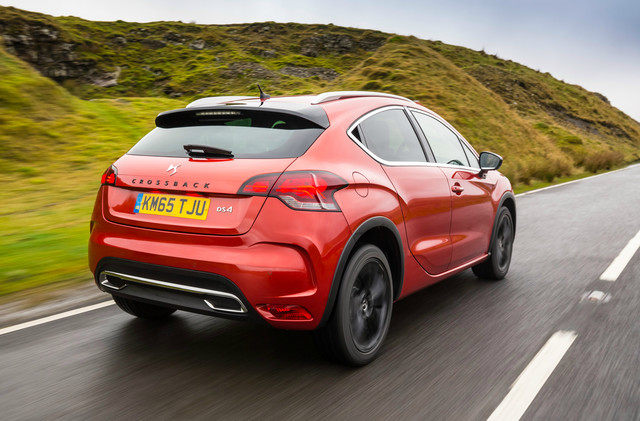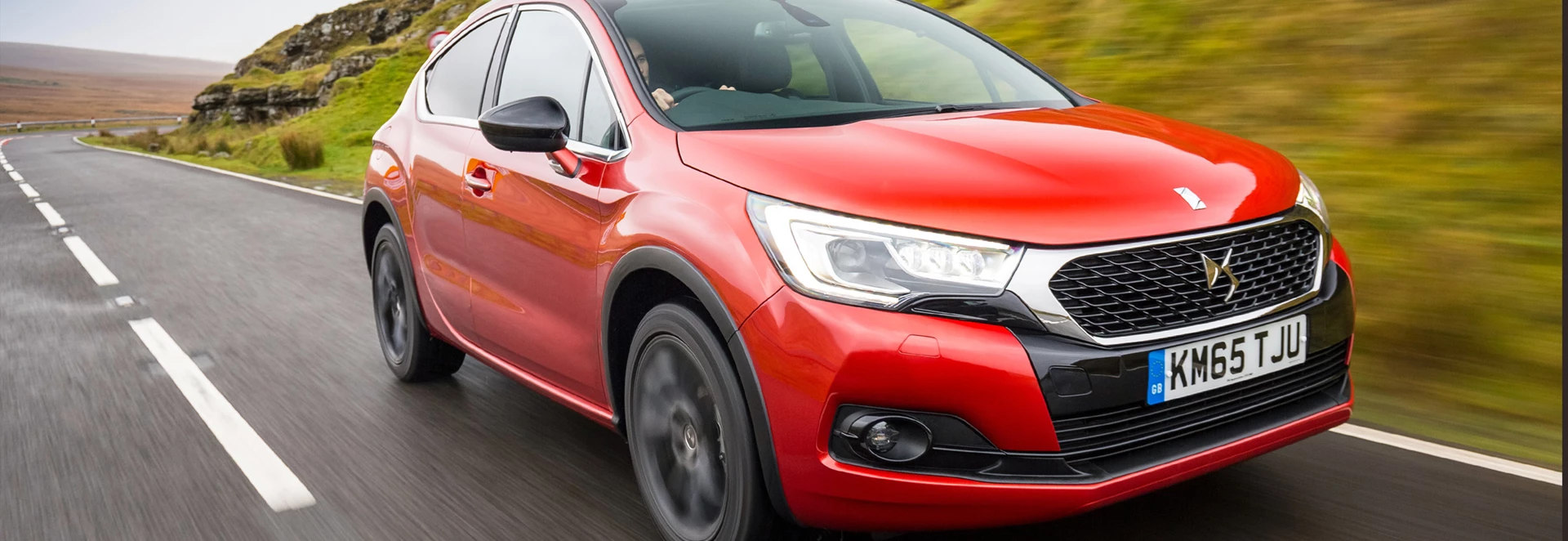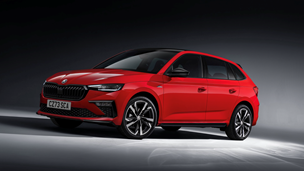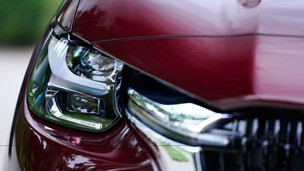Although the DS brand has only recently parted ways with Citroen, there has been no messing around from a product launch point of view. Since the two brand’s departed, DS has already re-launched two of its models, now stripped of Citroen badging. There is the new DS 5, now with a reworked suspension, and the new DS 4, which brings with it an all new derivative – the Crossback.
Of course, a derivative that has ‘cross’ in the name conjures up thoughts of beefed-up crossover models – and it kind of is.
But what is a crossover? To merely label it as an off-road version of a soft-roader isn’t very accurate, the market has become much more diverse than that. The new DS 4 Crossback vows to offer a much more adventure-ready version of the Hatch, with a raised ride height of 30mm, meaning it’s slightly more capable at venturing into adverse territory. The Crossback also has roof bars and, as with the Hatch, the new DS Wings front-end.
Thankfully, boot space has not been compromised, even with its sportier design, standing at 385 litres with the seats up and 1,021 with them down. The rear does remain quite dark though and the rear windows still do not roll down.
Just like the Hatch model, the DS 4 Crossback has quite a firm ride and you will certainly feel pot holes and big bumps through your seat. The Crossback however, offers a noticeably more composed ride when it comes to dealing with road undulations. Also, on the comfort front, the Crossback is superior to the Hatch when it comes to sound deadening from wind and road noise.
The steering in both models is the same though, feeling at home when driving at lower speeds through the city or at higher speeds when cruising on the motorway. Winding country roads are not its forte however, as the steering actually lightens up when it comes to tackling fast corners, which is a little unnerving.
We drove one of the expected best sellers, the 118bhp 1.6-litre BlueHDi diesel, mated to a six-speed manual gearbox. This engine can also be mated to the EAT6 automatic and considering that the Crossback is the comfier option in the range, the automatic may actually make more sense from a relaxing, luxury point of view. Both gearboxes are smooth enough through the gears though.

With a zero to 62mph sprint time of 10.9 seconds, the 118bhp diesel should be perfect for most people, with enough oomph for overtaking. It is a shame the slightly meatier 148bhp diesel is only available with the DS 4 Hatch, otherwise we would be tempted to opt for that engine instead, as the extra torque makes its drive a tad more entertaining. The next stage up from the 118bhp diesel in the Crossback is either a 128bhp petrol or a 178bhp diesel – so the 148bhp diesel would make perfect sense.
DS expects the Crossback model to make up around 30 per cent of DS 4 sales in its first year, which equates to around 4,000 units. As a DS model, it does manage to offer that trademark ‘uniqueness’ when compared to the likes of the Mazda CX-3, although, for us, the Crossback is more like a comfier, slightly sportier looking alternative to the standard Hatch model, rather than a more audacious one.
If we had to choose a derivative from the DS 4 range it would definitely be this one, although we wish we had the choice of the 148bhp diesel.
There is a definite sense that DS is experimenting with the crossover segment by using the Crossback as a case study, which makes sense as it plans to launch its very first all-new DS model, that wasn’t previously a Citroen, by 2020. DS has also said that a crossover model will be in the range by 2020.
Is the DS 4 Crossback a precursor to the brand’s very first official crossover model? We think so.
Find prices for the DS 4.




